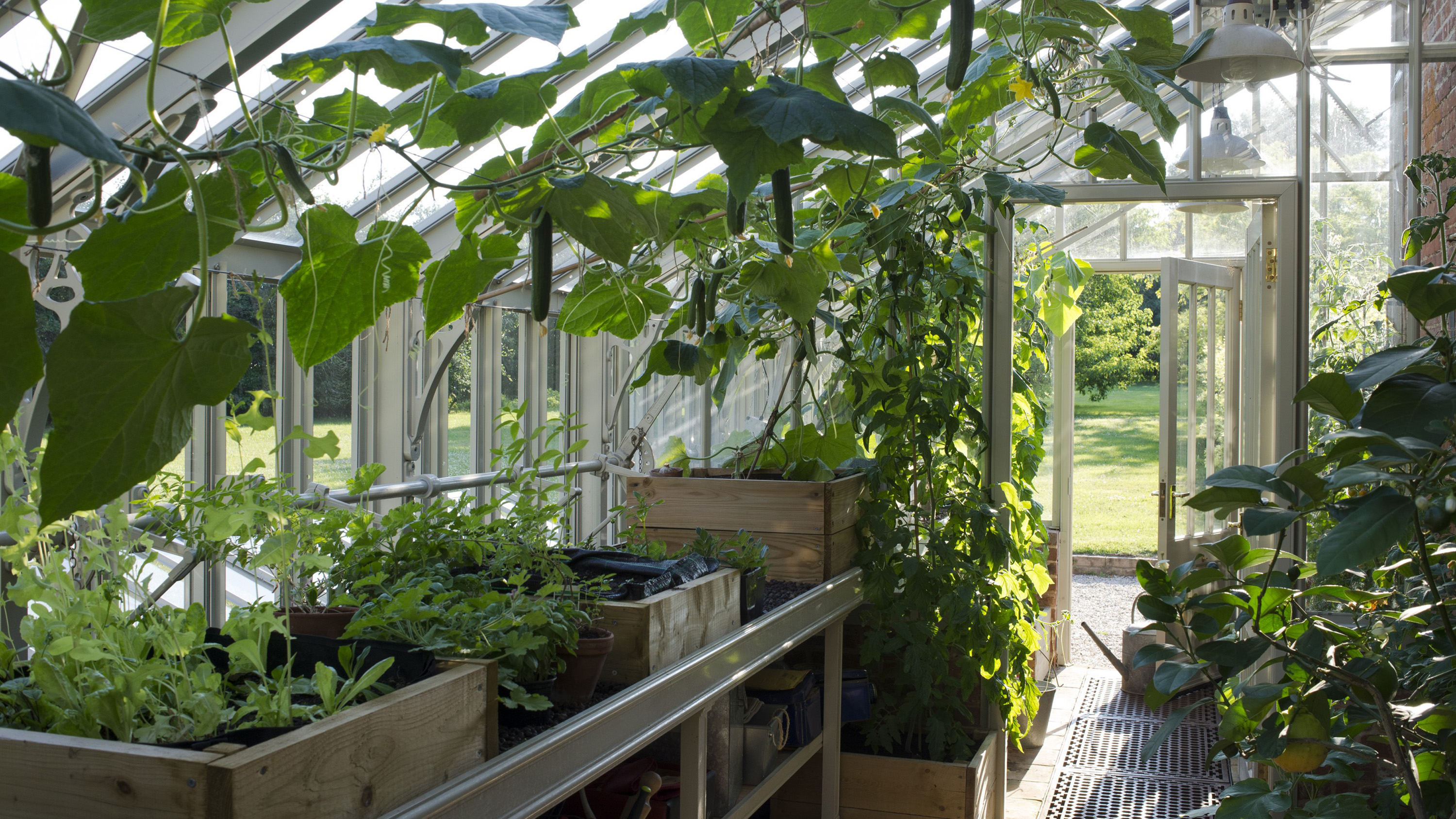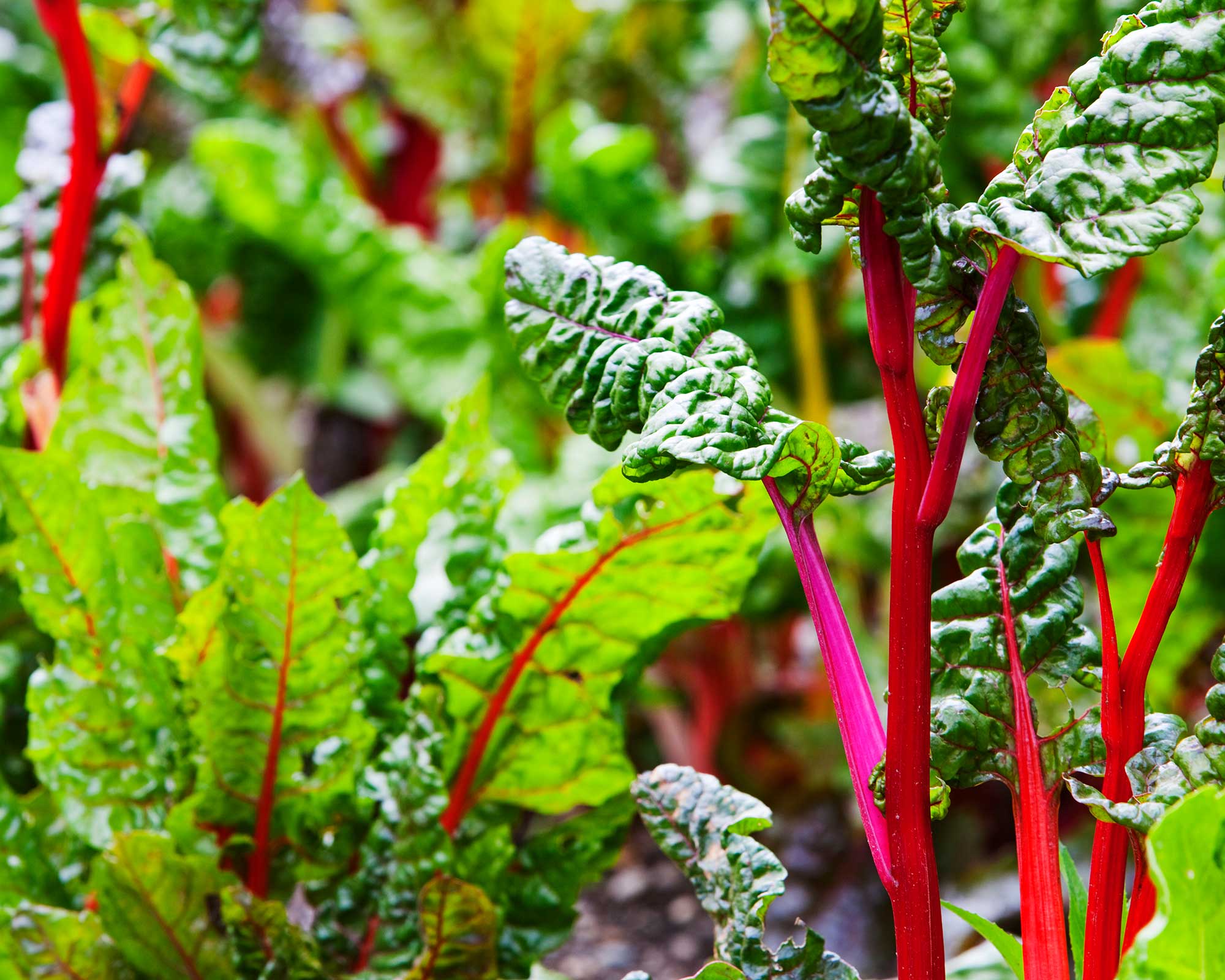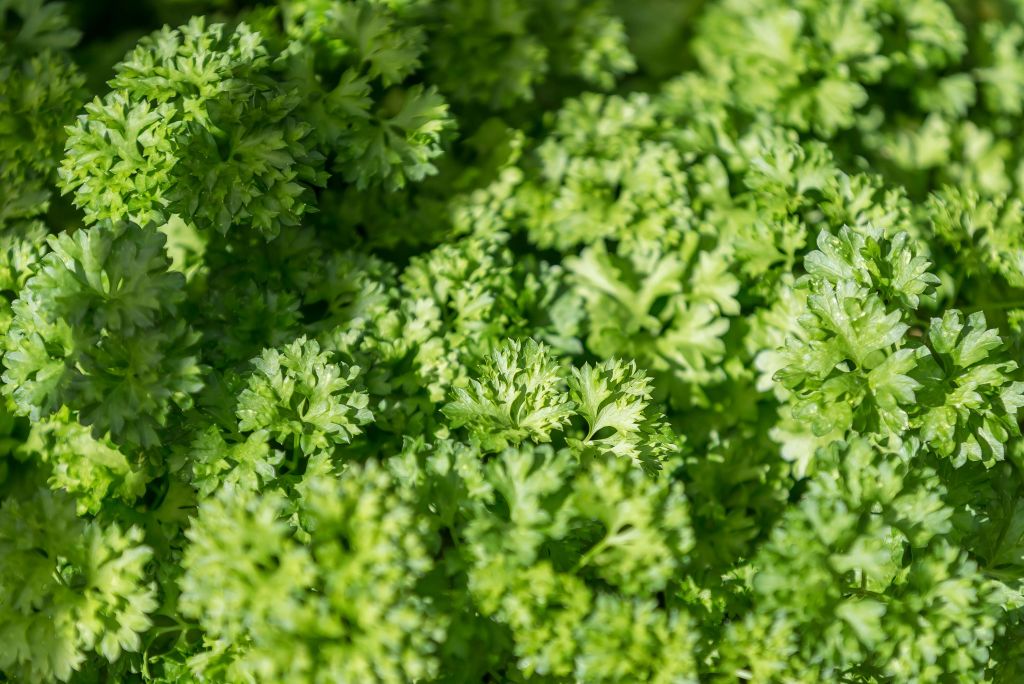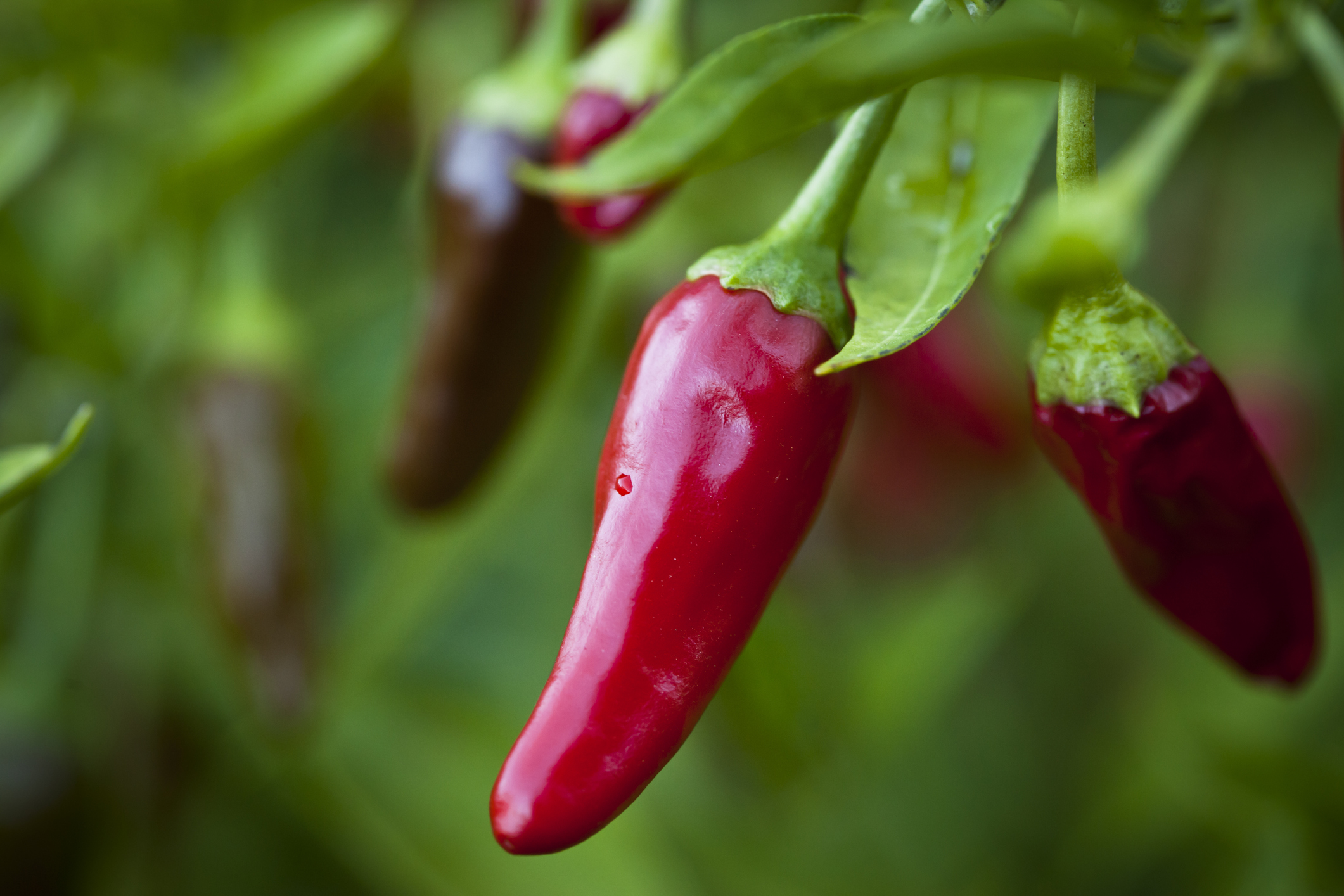Greenhouse growing calendar: a month-by-month guide for delicious crops
Our greenhouse growing calendar will help you get your best harvest yet


Planning ahead for the year? Our greenhouse growing calendar has all the advice you need to get started. Increasing numbers of us are growing our own food, and it's a trend that looks set to last. More than four in 10 of us now do so, research for Waitrose's food and drink report 2021 revealed. What’s more, 71 per cent of grow-your-owners intend to continue providing for the table from their own gardens.
The benefits of growing your own are numerous: food that couldn't be fresher, the assurance of knowing how it's been grown, and, of course, the satisfaction of nurturing salads, vegetables and herbs from seed yourself.
If you want to create maximum growing opportunity, a greenhouse is a fabulously useful garden feature. And whether you've got one already or you're planning to add one to your plot this year, you'll find plenty of inspiration in our dedicated greenhouse ideas feature. Then all you'll need is this growing calendar, with tips from expert Nelly Hall at Alixtex.

Get organized with our greenhouse growing calendar
Our simple planner explains what to sow when, with plenty of top tips, too.
January
Get ready to sow hardy salads and oriental greens like mustard greens, pak choi and winter varieties of lettuce towards the end of the month. There are tips on growing lettuce in winter in our guide.
Pinch out and plant in larger pots early sowings of sweet peas and onions.
Top tip: Bring compost for sowing or potting into the greenhouse several days before you need to use it so it doesn't chill seeds or young plants.
February
Get ahead for spring by sowing early carrots, salad leaves and spinach, which can be picked early in the season.
Encourage potatoes to sprout before planting (the process known as chitting). We've got all you need to know about how to grow potatoes in our guide.

March
Plant large-seeded, large-leaved veggies such as cucumbers and courgettes in individual pots, then place them in a propagator. The pots can be moved into the main body of the greenhouse about a month after sowing for an early July harvest. You can find more info in our step-by-step guides on how to grow cucumbers and how to grow courgettes.
Sow a tray thickly with peas for a quick crop of shoots. Make sure you keep it well watered and turn it daily.
Sow broad beans in cardboard tubes to make planting out easy. These should also be watered regularly and turned so they grow straight.
Top tip: Be aware that spring can bring wide temperature fluctuations that will affect your greenhouse. Aim to keep the air temperature between 45–64°F (7–18ºC) by heating the greenhouse at night and ventilating and damping down during sunny days.
You should keep the door and vents open more frequently as March progresses, to keep humidity levels down and prevent disease.
April
Veggies like carrots and peas can be sown outside in April, but you will still need to use your greenhouse for tender crops such as aubergines and courgettes.
Planting outside? Don’t miss our guide on how to grow carrots.

May
Start off dwarf French beans in the greenhouse: they need warmth to germinate and can't survive frost. They can be transplanted into raised garden beds in four to six weeks.
At this point in the greenhouse growing calendar, you can also sow sweetcorn. That way, you can enjoy buttery corn on the cob as part of summer feasts.
Plan ahead for a harvest of kale throughout winter by starting the seeds off in the greenhouse this month. Our guide on how to grow kale is full of useful tips.
June
The mid-point of the greenhouse growing calendar calls for planting peas. Keep them in your greenhouse until they shoot to avoid them becoming a snack for mice. Plant them in newspaper pots or yoghurt containers to which you've added drainage holes.

July
Sow seeds of winter lettuces such as 'May King', 'Veneziana' and 'Winter Density' in the greenhouse in July. You can use an old ice cream tub to start them off, but separate them later in the month to allow them space to grow.
August
Swiss chard makes for a colorful autumn crop and the seeds should be sown in the greenhouse in August. Try 'Bright Lights', 'Magenta Sunset' and 'Rhubarb Chard'.

September
Similar to cabbage but more delicately flavored and easier to grow, tatsoi can be sown this month. Doing so now when the shorter and cooler days begin reduces the risk of bolting, which makes the leaves bitter and unpalatable.
October
Now is a good time to learn how to create a herb garden. Sow herbs such as basil, dill, chives and parsley for winter flavor for your recipes.
You can also grow spring onions under a cloche ready to start harvesting in spring. For another spring crop, sow cauliflowers as well. You'll find all you need to know in our step-by-step guide to how to grow cauliflowers.

November
Plant and harvest microgreens in November. These are essentially small versions of the mature plant that are cut when they develop the first pair of leaves that looks like that of the adult plant. Try beetroot, broad beans, coriander, peas, radishes, rocket, spinach and swiss chard.
Top tip: Harvest microgreens with scissors – just as you would with cress – in as little as a week. You'll need to re-sow regularly to keep supplies going throughout winter.
December
Heated greenhouse? Now's the time to sow tomatoes, peppers and chilies.
No heating? Clean, tidy, and take the opportunity to get the greenhouse ready for growing veggies, salads and herbs next year, perhaps by investing in some new greenhouse shelving ideas.


Sarah is a freelance journalist and editor writing for websites, national newspapers, and magazines. She’s spent most of her journalistic career specialising in homes and gardens and loves investigating the benefits, costs and practicalities of home improvement. It's no big surprise that she likes to put what she writes about into practice, and is a serial house revamper.
